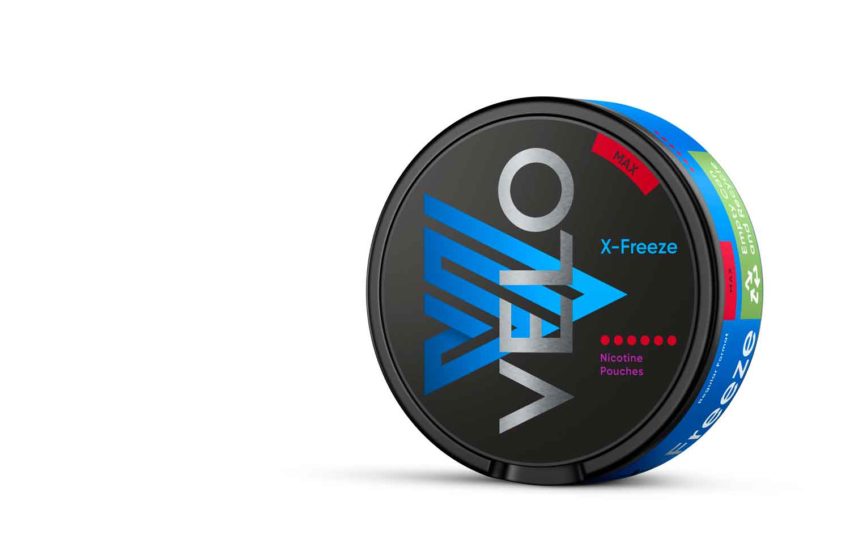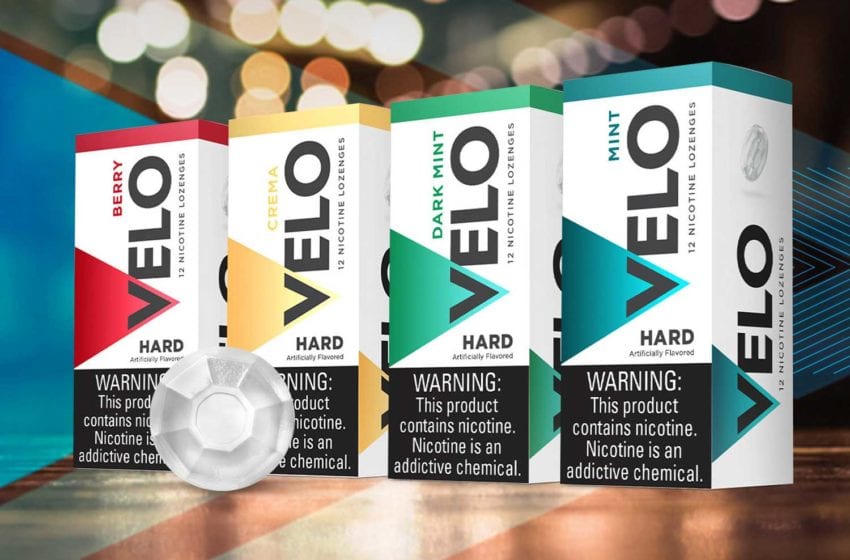The health warnings on Velo and Lyft fall short of national requirements, say critics. Read More
Tags :Velo
Levels for biomarkers of exposure were lower in Velo consumers than in smokers.Read More
The results are currently being analyzed and will be published by the end of the year.Read More
BAT scientists found Velo pouches to be less biologically active than smoke. Read More
RAI says it is committed to reducing the health impact of its business with a multicategory approach that offers consumers a wide range of enjoyable and lower-risk alternatives to cigarettes. Read More
If the application is accepted, the brands will be allowed to remain on the U.S. market after Sept. 9. Read More
RJRVC says the introduction reflects the company's commitment to meeting adult nicotine consumers' changing preferences.Read More





